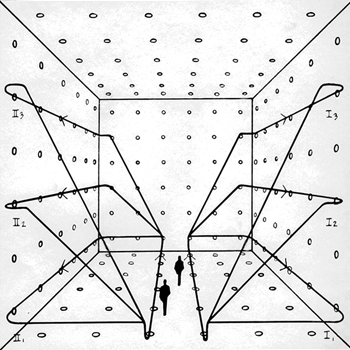What is a solution to the differential equation #y'+y/x^2=2/x^3#?
2 Answers
Explanation:
let's try separating,....,
BUT we can still do it! by writing it in this form we look for the Integrating Factor
So here
or
So
we'll try IBP on the red bit
which by IBP:
going back to
Explanation:
This is a linear homogeneus differential equation. Its solution can be assembled as
where
The homogeneus solution is straightforward. Grouping
For the obtention of
Supposing that
so
Finally


